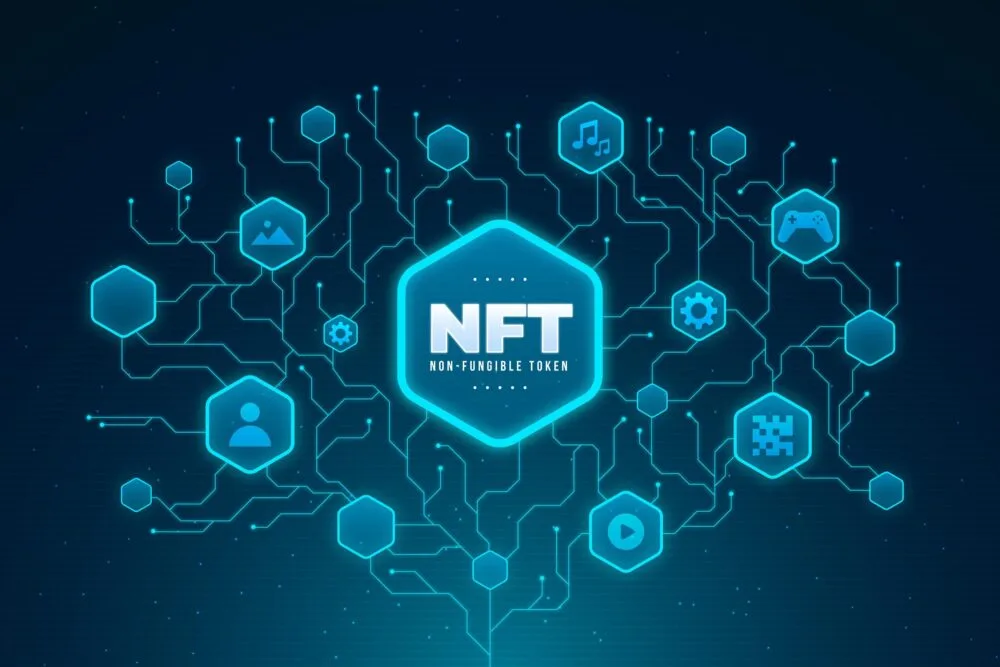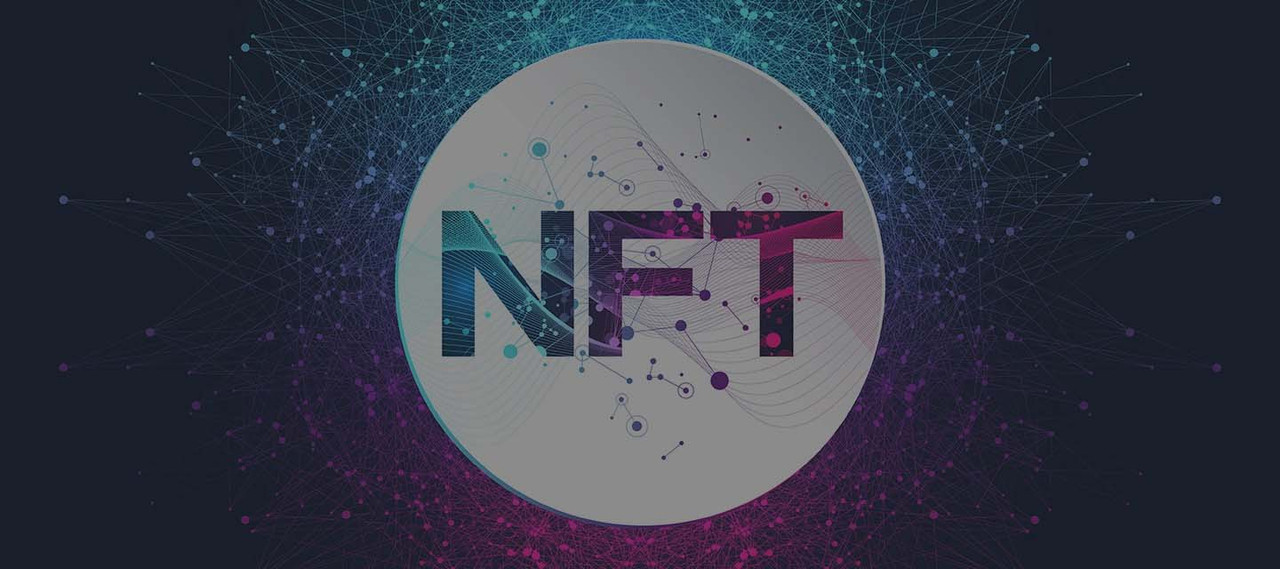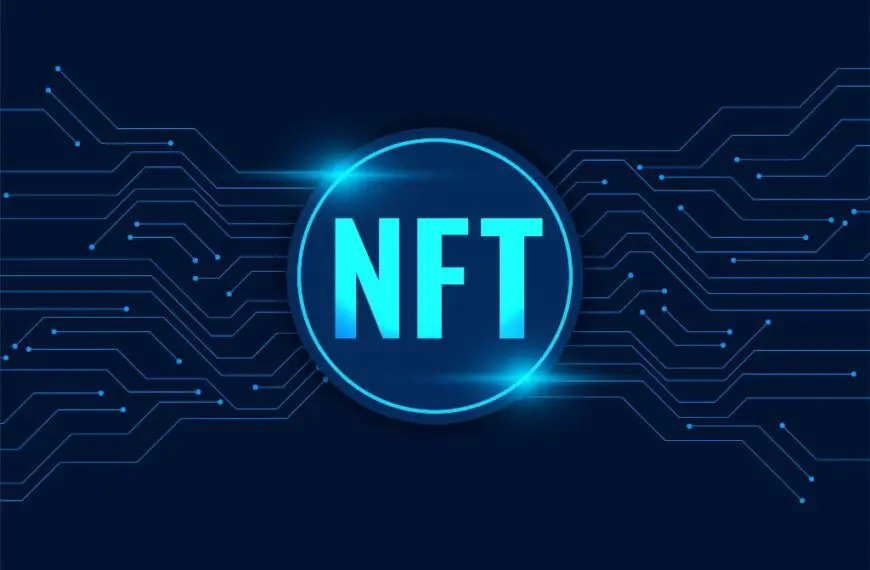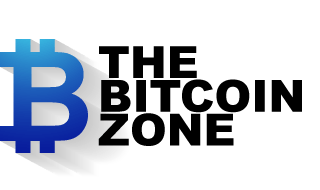
This blog explores the world of Non-Fungible Tokens (NFTs), detailing their distinctive role in the digital asset ecosystem, as well as their successful initiatives, worldwide rise, and industry-changing effects. It concludes with a look at the future of this quickly changing field, highlighting the difficulties and dangers related to NFTs.
What are NFTs?
With their distinctive offering that has captured the attention of people worldwide, Non-Fungible Tokens (NFTs) are a ground-breaking addition to the digital asset environment. These unique and irreplaceable cryptographic tokens, which are kept on a blockchain—a digital ledger akin to the networks supporting Bitcoin and other cryptocurrencies—represent ownership of a certain object or piece of content. Each NFT is unique because to its digital signature, which sets it apart from other tokens in contrast to cryptocurrencies, which are interchangeable like-for-like. NFTs are especially attractive for investing in and collecting digital art because of their distinctiveness and capacity to confirm ownership and validity, among other applications. When a digital asset is "tokenized" on a blockchain, NFTs are produced, or "minted." Once produced, they are available for purchase, sale, and exchange on a number of online markets, including Foundation, Rarible, and OpenSea. NFTs are kept in digital wallets after purchase, giving the owner evidence of possession and authority over the digital asset.
The Global Emergence and Evolution of NFTs

Although the concept of NFTs has been since 2012, the introduction of the blockchain-based game CryptoKitties in 2017 was what really made NFTs popular. The game showed how NFTs may be used to create a new kind of digital ownership by letting users adopt, grow, and trade virtual cats. Since then, the market for NFTs has expanded rapidly, and in 2021, the total value of NFT transactions reached an astounding $41 billion. The introduction of new NFT platforms, the increased interest from institutional investors, and the expanding popularity of NFTs in the art world have all contributed to this expansion.
Spotlight on Successful NFT Projects
Numerous NFT initiatives have drawn a lot of interest, illustrating the wide range of uses for this technology. For example, fans may purchase, trade, and sell legally sanctioned NBA collectible highlights on NBA Top Shot.
Another innovative initiative, CryptoPunks, has 10,000 characters that are all produced differently. Some CryptoPunks have sold for millions of dollars, and no two are same. The present NFT boom was made possible by this initiative, which was among the first to leverage Ethereum's smart contract technology.
The idea of "play-to-earn" has been elevated to a new level with the blockchain-based game Axie Infinity. "Axies" are virtual pets that players may breed, fight, and trade. Some unusual breeds of these NFT axies have sold for extremely high sums. In nations like the Philippines, where some players have made a livelihood off of their Axie profits, the game has grown especially popular.
NFTs: A Transformative Force Across Industries

NFTs are having an impact on a number of sectors, proving that they have promise outside of digital art and gaming. By releasing their most recent album as an NFT, Kings of Leon created history in the music industry by giving fans exclusive album art and even "golden tickets" for lifelong performance seats.
NFTs are being employed in the real estate industry to symbolize digital property ownership. This use case might improve the security, efficiency, and transparency of real estate transactions. For example, in 2017, the world's first real estate transaction on the Ethereum blockchain was performed by the blockchain real estate platform Propy.
The potential of NFTs is also being investigated by the fashion sector. Designers are producing NFTs, or digital apparel items, which may be utilized as digital replicas of real-world objects or in virtual environments. For instance, a digital dress marketed as an NFT for $9,500 was offered by the digital fashion brand The Fabricant.
These instances highlight how NFTs have the ability to revolutionize a variety of industries. NFTs are opening the door for creative business models and prospects by offering a fresh approach to digital ownership and monetization.
Read Also: Are NFTs Securities or Collectibles
Challenges and Risks in the realm of NFTs
NFTs have substantial hazards and difficulties despite their potential. With prices that fluctuate greatly and sellers having to locate interested buyers for unique things, the market is very illiquid and volatile. Due to their high energy consumption, the development and exchange of NFTs also have a significant environmental effect. Due to its current lack of regulation, the NFT industry is vulnerable to fraud and frauds. Since anybody may mint an NFT of a digital work without the creator's consent, copyright infringement is another issue. In addition, if the company that issues NFTs ceases operations and stops hosting the related digital assets, ownership conflicts may occur. Finally, the value of NFTs may be artificially inflated by the practice of wash trading. Therefore, before using NFTs, consumers and potential investors should be cautious and do extensive study.
Final Thoughts
The way we own and use digital assets might be completely changed by NFTs, a brand-new and fascinating technology. Before making an investment, it's crucial to understand the dangers and difficulties related to NFTs. NFTs have the power to transform the world if they are well considered. The cumulative amount of NFT transactions exceeded $50 billion as of March 2023. In December 2021, Pak's digital artwork "The Merge" sold for $91.8 million, making it the most expensive NFT ever sold. The most widely used NFT platforms are Foundation, Rarible, and OpenSea. Games, collectibles, and art are the most popular NFT categories. It will be interesting to observe how NFTs continue to evolve in the years to come, since they are a quickly expanding and changing field.
